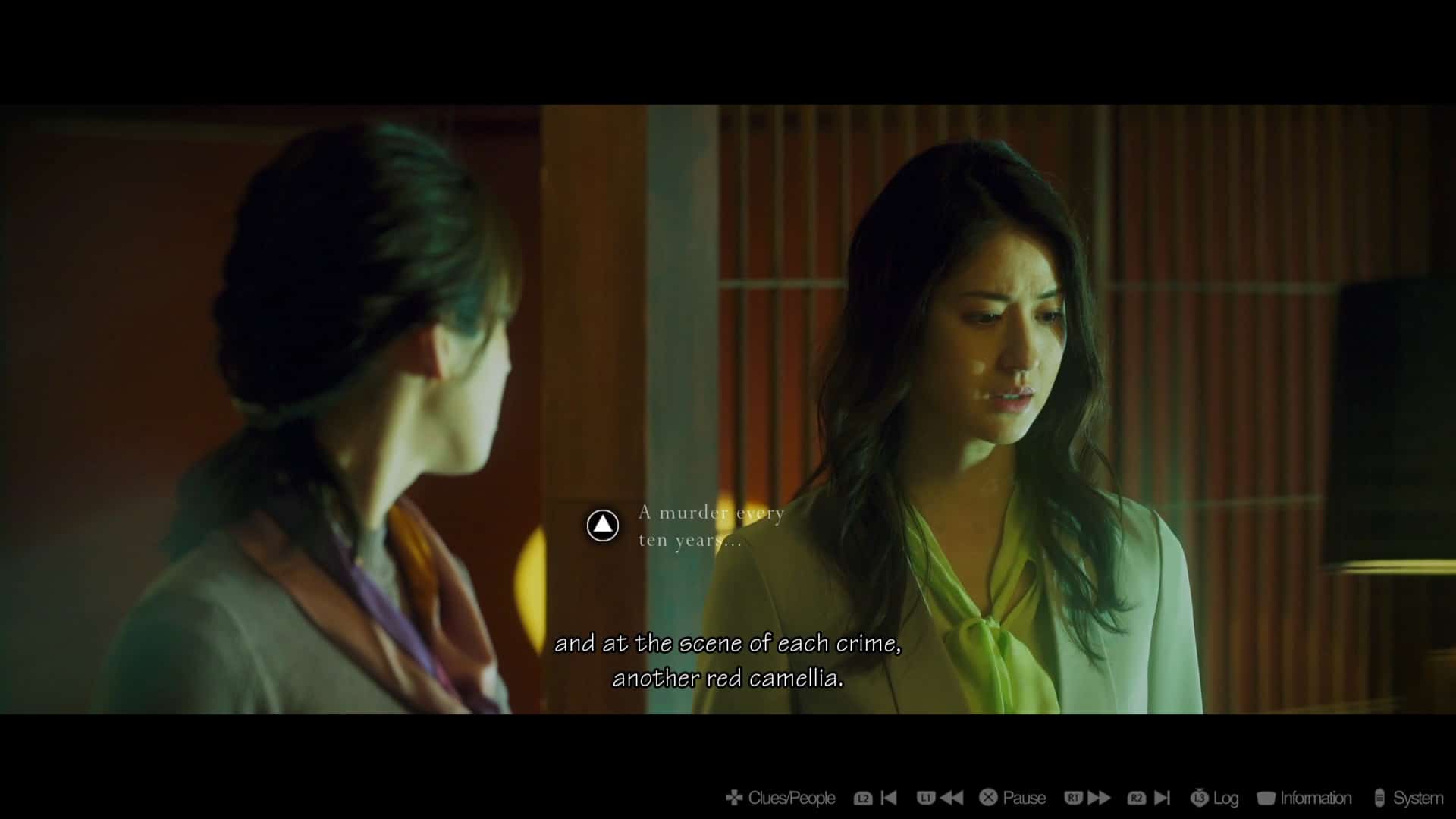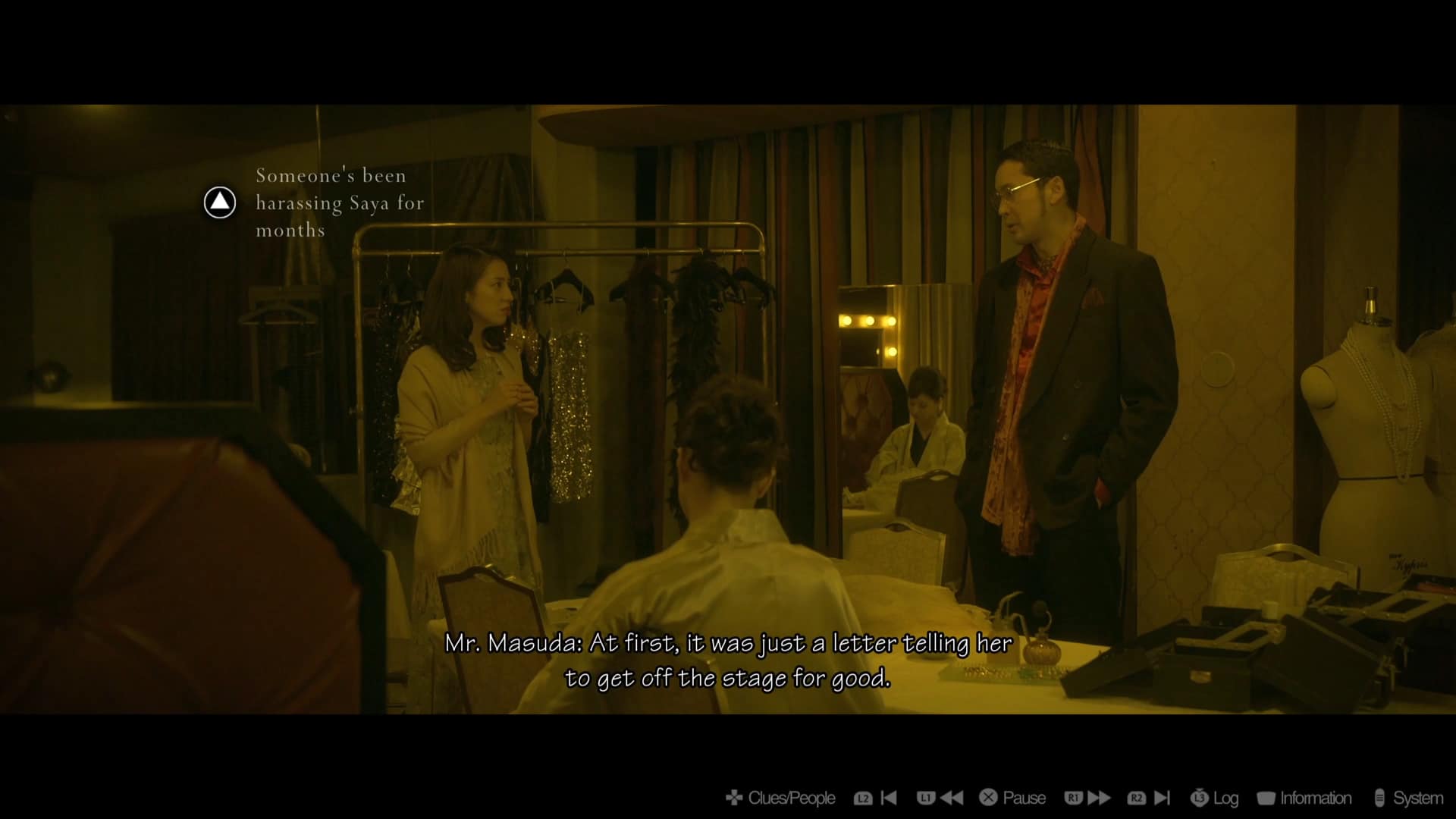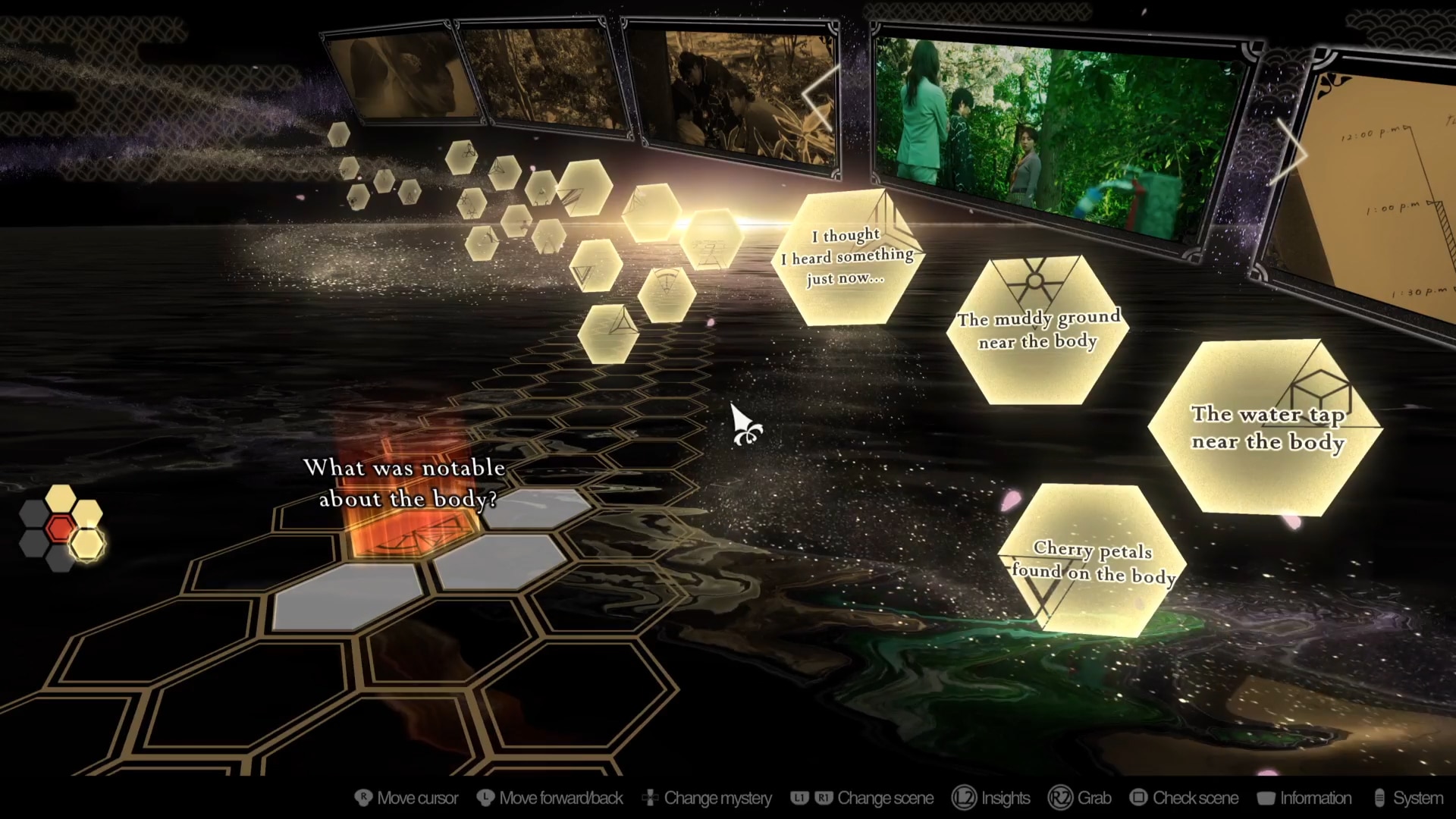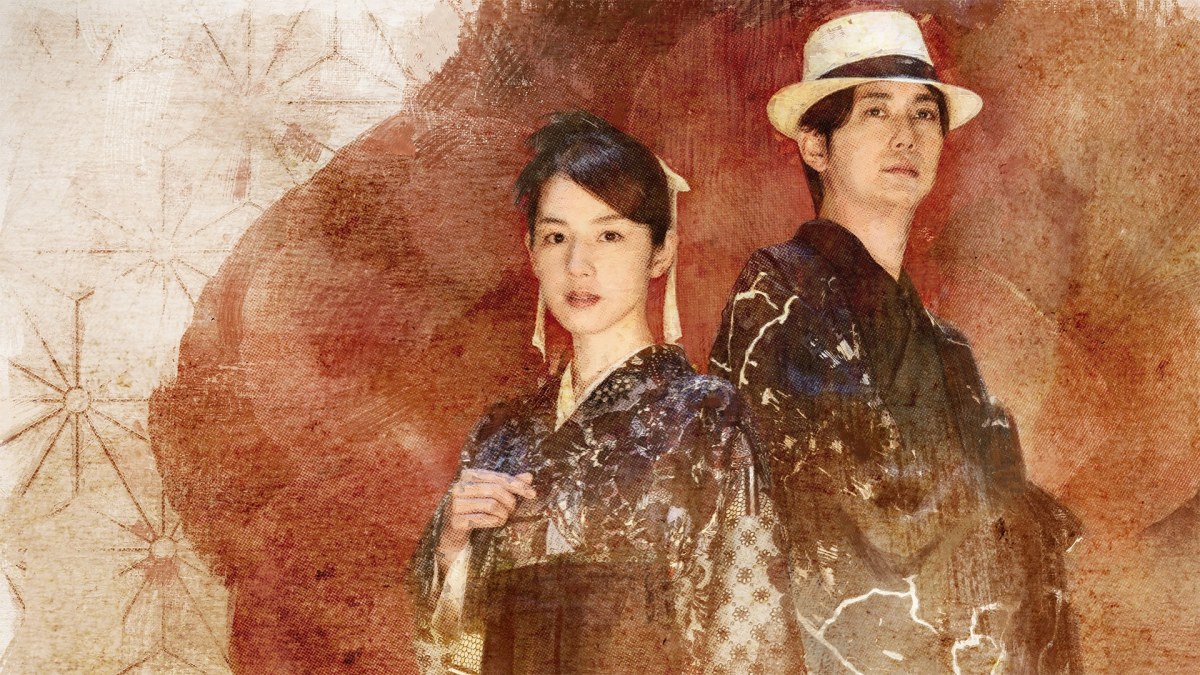Square Enix, h.a.n.d., and Nemeton have produced a live-action video game like no other with The Centennial Case: A Shijima Story. Its production values simply eclipse anything else I’ve experienced in the genre, including popcorn munchers like The Complex and the more cerebral Telling Lies. Playing The Centennial Case is the equivalent of watching an entire season of a Netflix murder mystery show, except there are multiple murders set across different time periods and they all add up to tell one larger story. The result is an extremely novel experience not to be missed.
An Ambitious Narrative
The basic premise of The Centennial Case: A Shijima Story is that successful mystery novelist Haruka Kagami has been invited by a friend, Eiji Shijima, to witness a traditional ceremony at the home of his esteemed Shijima family — and also to investigate deaths that have involved his family for the past century. A “Fruit of Youth” seems to be ironically involved in the deaths. The story takes place in the present, but Haruka discovers old, true stories of related murders that take place in earlier time periods. Thus, the game shifts back in time to unfold those stories as well.

Most screenshots actually don’t do a good job of illustrating how nice the production looks in motion.
For the most part, the same group of actors from the present storyline plays all the characters seen in the past stories, and The Centennial Case offers the canonical explanation that Haruka is imagining these stories using faces she can already picture. It’s a clever little detail that the game uses to actually enrich the narrative in some places.
To discuss the story in any real depth would risk ruining the entire game, but suffice to say the mysteries are perpetually engaging, the characters have enough nuance to keep you guessing, and it’s kind of amazing how much effort was put into the production. Each time period has its own sets with delightful period-appropriate costumes, compelling cast performances, and great cinematography. It feels like this game had budget compared to most of its brethren, and with enough extra editing, The Centennial Case could be dropped on a streaming service as an actual TV mini-series. This is especially true since the story does not “branch” — there is only one right way forward, for the most part.

Meticulously Constructed Mysteries
Gameplay in The Centennial Case: A Shijima Story is intensely deliberate. As live-action scenes unfold, the game will regularly record “clues” for you, which you will use later to form “hypotheses” about various events. CG graphics are used to visualize hypotheses for you once you’ve created them. The game invites you to make as many hypotheses as possible and then to use your own logic and intuition to decide which ones must be correct. Combining clues to answer questions and form hypotheses takes place physically on a hexagonal grid that extends forward and backward.
The process of physically inserting hexagon clues into the grid is somewhat slow and clunky with a controller; it seems a mouse would be more convenient. Nonetheless, each hexagon has distinct patterns that match up with an adjacent hexagon, so seeking patterns speeds up clue insertion a little. Also, when you form enough hypotheses, the game will regularly reward you with the bonus option of just telling you which clues go in what places.
Beyond clues and hypotheses, The Centennial Case offers players multiple menus’ worth of different information at any given time, including relationships between characters, detailed maps of locales, and a large amount of historical context for game events that isn’t required reading but is fascinating for its own sake.

Ultimately, it is up to the player to synthesize a huge amount of information and present a case for who is the murderer in a given situation. It’s not quite as daunting as it sounds though, because the dialogue and questions in these major scenes are designed to very, very slightly nudge you in the right direction. And the vast majority of the time, it really does feel like The Centennial Case has designed mysteries that make sense and provide sufficient clues to arrive at natural conclusions — if you have the brain power for it.
But if you’re like me, you’ll arrive at the wrong conclusions more than once, which just means you’ll have to retry. It can be frustrating how it takes upward of 20-30 seconds of menu navigation and load times before you get back to the selection screen to try again. However, the scenes where you get things wrong are sometimes hilarious, with the other characters in the scene treating you like a stone-cold moron. The entertainment value means failure doesn’t feel as bad. Drawing wrong conclusions or accepting hints does affect what letter grade you will receive at the end of a chapter though, as the game scores all of your deductive reasoning. Fortunately, your grade doesn’t seem to affect gameplay.
The Centennial Case does have some hiccups. For starters, I found the ending slightly disappointing, but it’s another thing I can’t comment on without ruining the game. Additionally, one segment of the game suddenly becomes an “escape room” scenario, with much different gameplay that somewhat hinders the pacing of the story. The game provides a huge amount of information and diagrams for how to complete this scenario, but I couldn’t understand some of the diagrams and ultimately just accepted a hint on how to open a locked door. (Smarter puzzle-solvers than I may love that part though.)

The localization also has some slight quirks. You can play the game with Japanese or English audio, and I opted to play entirely with the Japanese. There were a bit more typos than I would have expected in the English subtitles and descriptions, and there was one sentence where the English subtitles suddenly switched to German. There were also a couple instances involving clues and questions where the phrasing felt a little vague, and I wasn’t sure what exactly my available choices meant.
I did ultimately go back to listen to the English dub, and the performances sound adequate, if a bit melodramatic at times. If you really can’t stand subtitles for some reason, the dub should suffice.
The Review Verdict on The Centennial Case: A Shijima Story
The Centennial Case: A Shijima Story isn’t perfect, but it presents its live-action mystery so thoughtfully and with such terrific production values that it feels gripping from start to finish. If you love a good mystery or just like to experience all the different things that video games are uniquely capable of, you would do well to play through the 15-20 hours of The Centennial Case.
A PlayStation 5 review code for The Centennial Case: A Shijima Story was provided by the publisher.






Published: May 15, 2022 04:00 pm